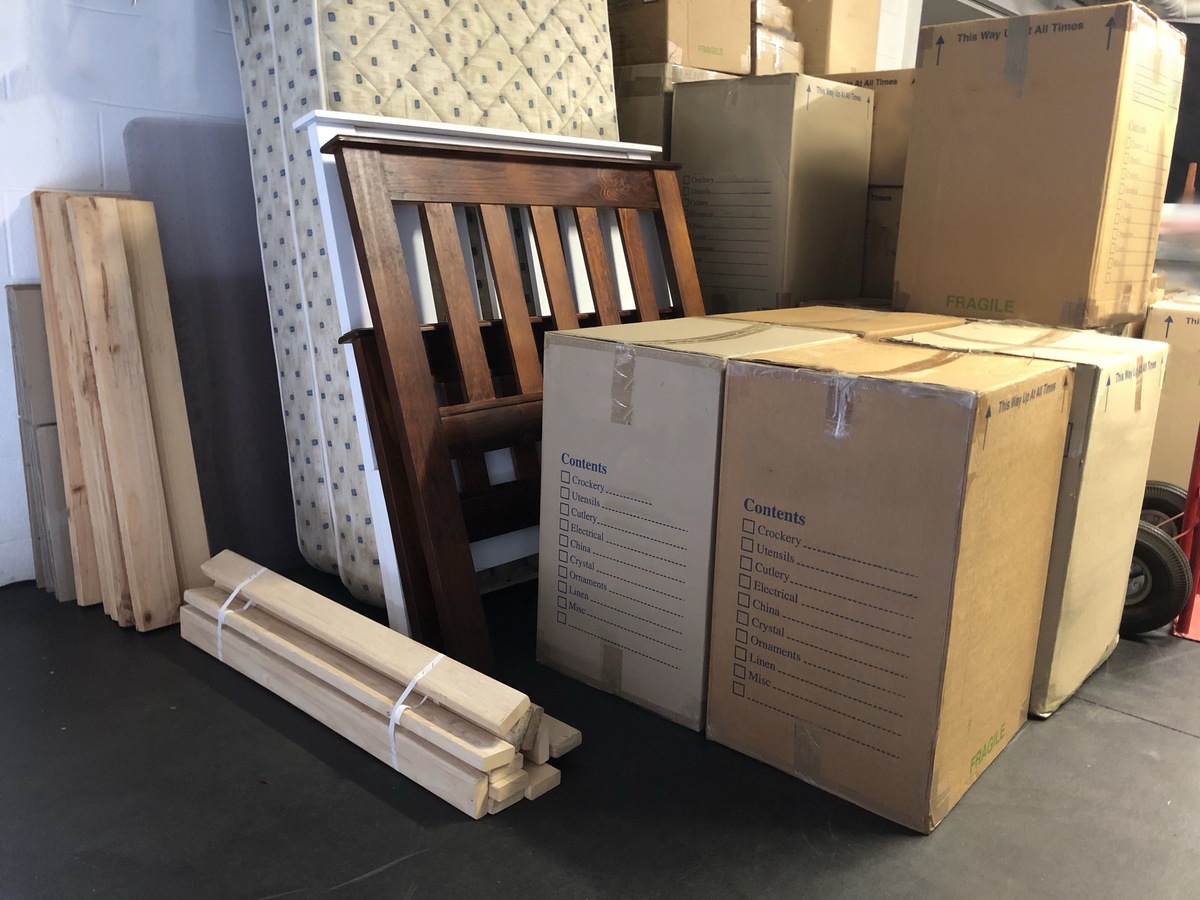

Articles
How To Store Mattresses
Modified: January 9, 2024
Looking for articles on how to store mattresses? Check out our comprehensive guide for tips and tricks to keep your mattresses in top condition during storage.
(Many of the links in this article redirect to a specific reviewed product. Your purchase of these products through affiliate links helps to generate commission for Storables.com, at no extra cost. Learn more)
Introduction
When it comes to household items, mattresses are among the most essential and often expensive investments. Whether you’re moving, downsizing, or simply need extra space, proper mattress storage is crucial to preserve its quality and longevity. Storing a mattress incorrectly can lead to damage, mold, and a decline in comfort, making it necessary to follow a few key steps to ensure its safety.
In this article, we will explore the importance of proper mattress storage and provide a comprehensive guide on how to store mattresses correctly. From preparing the mattress for storage to choosing the right storage location and implementing proper cleaning and protection techniques, we will cover everything you need to know to keep your mattress in pristine condition.
So, if you’re ready to discover the secrets of effective mattress storage and ensure a comfortable night’s sleep for years to come, let’s dive in!
Key Takeaways:
- Proper mattress storage is crucial for preserving comfort, preventing damage, and saving money. Follow the steps to prepare, clean, protect, wrap, and organize your mattress for long-term usability.
- Choosing the right storage location, regular maintenance, and proper retrieval process are essential for maintaining the quality and longevity of stored mattresses. Prioritize cleanliness, organization, and comfort for optimal results.
Read more: How To Store Mattress
Importance of Proper Mattress Storage
Proper mattress storage is essential for maintaining its overall quality and extending its lifespan. Without proper storage, your mattress can quickly deteriorate, resulting in discomfort and potential health hazards. Here are several reasons why proper mattress storage is crucial:
- Preserve Comfort: A mattress that is stored incorrectly can become misshapen, leading to uneven support and discomfort. By following proper storage techniques, you can ensure that your mattress retains its original shape, providing the optimal level of comfort when you eventually use it again.
- Prevent Damage: Storing a mattress in a damp or moldy environment can cause irreversible damage. Mold can thrive in humid conditions, and if it develops on your mattress, it can lead to health issues such as allergies or respiratory problems. Proper storage methods protect your mattress from environmental factors that can damage its structure.
- Save Money: Mattresses are not cheap, and replacing one due to improper storage can be a significant financial burden. By taking the time to store your mattress correctly, you can avoid the need for premature replacement and save money in the long run.
- Prepare for Future Use: Whether you’re moving, renovating, or simply need extra space, there may come a time when you’ll need to store your mattress temporarily. Proper storage ensures that your mattress remains in good condition during this time, allowing you to retrieve and reuse it whenever necessary.
Now that we understand the importance of proper mattress storage, let’s move on to the next section, which discusses how to prepare your mattress for storage.
Preparing the Mattress for Storage
Before you start storing your mattress, it’s crucial to prepare it properly to minimize the chances of damage and ensure its longevity. Here are the steps to follow when preparing your mattress for storage:
- Clean the Mattress: Begin by thoroughly cleaning the mattress. Use a vacuum cleaner to remove any dust, dirt, or debris from the surface. For stains, use a mild detergent and warm water to gently spot clean. Allow the mattress to dry completely before proceeding.
- Protect with a Mattress Cover: After cleaning, protect your mattress from dust, pests, and moisture by using a mattress cover or an airtight plastic wrap. Make sure the cover is specifically designed for mattress storage and provides a tight seal.
- Remove Bedding and Accessories: Take off all bedding, including sheets, blankets, and pillows. Also, remove any additional accessories such as mattress toppers or mattress pads. These should be stored separately from the mattress to avoid any potential damage.
- Disassemble if Necessary: If your mattress is part of a bed frame or has any detachable parts, consider disassembling them. This will make it easier to move and store the mattress and reduce the risk of scratches or damages during the storage process.
- Label and Document: Before storing, take note of any specific instructions or warranties provided by the mattress manufacturer. Label the mattress for easy identification, especially if you have multiple mattresses in storage.
By following these steps, you can ensure that your mattress is properly prepared for storage, protecting it from dirt, pests, and potential damage. In the next section, we will discuss choosing the right storage location for your mattress.
Choosing the Right Storage Location
When it comes to storing your mattress, selecting the right storage location is crucial to maintain its condition. Here are some factors to consider when choosing the right storage location:
- Avoid Damp or Humid Areas: Moisture is the enemy of mattress storage. Avoid storing your mattress in areas that are prone to dampness or high humidity, such as basements or poorly ventilated spaces. Moisture can lead to mold and mildew growth, which can damage your mattress.
- Opt for a Climate-Controlled Environment: If possible, choose a storage space that offers climate control. Extreme temperature fluctuations can affect the mattress’s integrity, leading to sagging or other issues. Climate-controlled storage spaces help regulate temperature and humidity levels, providing an ideal environment for mattress storage.
- Consider Clean and Pest-Free Areas: Ensure that the storage area is clean and free of pests. Bugs and rodents can damage your mattress, so it’s essential to find a storage location that is regularly cleaned and treated for pest control.
- Avoid Direct Sunlight: Prolonged exposure to direct sunlight can cause discoloration and deterioration of the mattress materials. Choose a storage location away from windows or cover your mattress with a light-colored sheet to block UV rays.
- Accessible and Organized: Select a storage location that is easily accessible and organized. This will make it convenient to retrieve the mattress when needed and reduce the risk of damaging other items during removal.
Take the time to research storage facilities in your area and consider their storage conditions before making a decision. By choosing the right storage location, you can ensure that your mattress remains in excellent condition throughout its time in storage. Next, we will discuss the importance of cleaning and protecting your mattress before storage.
Cleaning and Protecting the Mattress
Before storing your mattress, it’s essential to clean and protect it to ensure its longevity and prevent any potential damage. Here are some steps to follow when cleaning and protecting your mattress for storage:
- Vacuum the Mattress: Use a vacuum cleaner with a brush attachment to thoroughly vacuum the entire surface of the mattress. This will remove any dust, dirt, or allergens that may have accumulated.
- Treat Stains: If your mattress has any stains, treat them before storage. You can use a mixture of mild detergent and warm water to gently blot and clean the stains. Be careful not to soak the mattress as excess moisture can lead to mold growth.
- Apply Disinfectant: To ensure cleanliness and protect against odors, consider applying a fabric-safe disinfectant spray to the mattress. This will help eliminate any bacteria or germs that may be present.
- Avoid chemicals: While cleaning, be cautious about using harsh chemicals or strong-smelling cleaners as they can leave residual odors and potentially damage the mattress materials. Stick to gentle cleaning solutions and avoid saturating the mattress.
- Use Mattress Protectors: Before storing your mattress, invest in a mattress protector or cover. This will offer an extra layer of protection against dust, dirt, and potential spills during storage.
- Consider Moisture Absorbers: If your storage area is prone to excess moisture, consider using moisture absorbers, such as silica gel packs or dehumidifiers. These will help reduce humidity levels and prevent mold or mildew growth.
By following these steps to clean and protect your mattress, you can ensure that it remains in excellent condition during storage. In the next section, we will explore the proper wrapping and packaging techniques for mattress storage.
Store mattresses in a dry, well-ventilated area to prevent mold and mildew. Avoid storing them directly on the floor, use a mattress bag or cover for protection, and store them flat to maintain their shape.
Read more: How To Store A Mattress
Wrapping and Packaging the Mattress
Once you have prepared and protected your mattress, it’s time to wrap and package it properly for storage. Proper wrapping and packaging will provide an additional layer of protection against dust, pests, and potential damage. Here’s how to wrap and package your mattress for storage:
- Secure the Mattress with Straps: If your mattress is a larger size, such as a queen or king, it’s a good idea to use straps or bungee cords to secure it and prevent it from shifting inside the storage area during transport or while in storage.
- Use a Mattress Bag: Place your mattress inside a specialized mattress storage bag. These bags are designed to protect the mattress from dust, dirt, moisture, and pests. Ensure that the bag is the correct size for your mattress to provide a snug fit.
- Tape the Bag: Once the mattress is inside the bag, use packing tape to seal all openings tightly. This will create a barrier against dust, pests, and moisture.
- Use Cardboard or Plywood: For added protection, consider placing a piece of cardboard or plywood on the bottom of the storage area before placing the mattress. This will provide an extra layer of support and prevent it from coming into contact with the ground.
- Do Not Stack Heavy Items on Top: Avoid placing heavy items on top of the mattress during storage, as this can cause unnecessary pressure and damage. If you need to stack items, place lighter boxes or items on top of the mattress.
By following these wrapping and packaging techniques, you can ensure that your mattress remains well-protected during storage. In the next section, we will discuss how to stack and organize the storage area for optimal space utilization.
Stacking and Organizing the Storage Area
Efficiently stacking and organizing the storage area is essential to make the most of the available space and ensure easy access to your mattress when needed. Here are some tips for stacking and organizing the storage area:
- Create a Stable Base: Start by creating a stable base using sturdy boxes or pallets. This will help distribute the weight evenly and prevent the mattress from sinking into the ground.
- Stack Mattresses Properly: When stacking multiple mattresses, make sure to stack them evenly and avoid any overhangs or unsupported edges. Each mattress should be positioned flat on top of one another to maintain their shape and prevent any potential damage.
- Leave Adequate Space: Allow for sufficient space between mattresses and other stored items to ensure proper air circulation and prevent compression or deformation.
- Label and Organize: Clearly label each mattress and its corresponding size. Additionally, keep an inventory list of the mattresses stored in the area. This will make it easier to locate specific mattresses and avoid unnecessary hassle or damage when retrieving them.
- Consider Using Racks or Shelves: If possible, utilize racks or shelves to stack and organize the mattresses vertically. This not only saves space but also allows for better air circulation and minimizes the risk of any heavy items placing unnecessary pressure on the mattresses.
- Protect Against Unwanted Elements: If the storage area is prone to dust or pest infestation, consider covering the stacked mattresses with a breathable cloth or tarp to provide an extra layer of protection.
By following these stacking and organizing tips, you can maximize the use of your storage space while ensuring the safety and accessibility of your stored mattresses. In the next section, we will discuss the importance of regular maintenance for stored mattresses.
Regular Maintenance of Stored Mattresses
Even while in storage, mattresses require regular maintenance to ensure their longevity and pristine condition. Here are some essential tips for maintaining stored mattresses:
- Inspect Periodically: Regularly inspect your stored mattress for any signs of damage, pest infestations, or mold growth. Catching these issues early can prevent further damage and allow for prompt remediation.
- Keep the Storage Area Clean: Maintain cleanliness in the storage area by regularly cleaning and dusting the surroundings. A clean storage area reduces the risk of dust mites and other pests infiltrating the mattress.
- Monitor Temperature and Humidity Levels: If your storage area is not climate-controlled, periodically check the temperature and humidity levels. Extreme fluctuations can impact the mattress’s integrity. Consider using moisture absorbers or dehumidifiers if necessary.
- Rotate and Reposition: Every few months, visit the storage area and rotate or reposition the mattresses. This helps distribute the weight evenly across the surface and prevents any potential sagging or indentation in specific areas.
- Inspect Seals and Coverings: Check the seals and coverings of your mattress periodically to ensure they are still intact. If you notice any tears or openings, promptly repair or replace them to maintain the protective barrier.
By performing regular maintenance on your stored mattresses, you can ensure their longevity and usability when needed. Following these maintenance tips will help preserve the quality of your mattresses and prevent any issues that may arise during storage. In the final section, let’s discuss the process of retrieving and reusing stored mattresses.
Retrieving and Reusing Stored Mattresses
When the time comes to retrieve and reuse your stored mattress, it’s important to follow a proper process to ensure its cleanliness and functionality. Here’s a step-by-step guide for retrieving and reusing stored mattresses:
- Clean and Inspect: Before using the stored mattress, thoroughly clean it by vacuuming the surface and checking for any signs of damage or pest infestation. If necessary, spot clean any stains using a mild detergent and warm water, ensuring the mattress is completely dry before use.
- Air Out the Mattress: Allow the mattress to air out for a few hours before placing it on your bed. This will help eliminate any odors that may have accumulated during storage and freshen up the mattress.
- Prioritize Comfort: Once the mattress is clean and aired out, place it on your bed frame or foundation. Make any necessary adjustments to ensure it is properly aligned and provides the desired level of comfort.
- Replace Bedding and Accessories: Put fresh sheets, blankets, and pillows on the mattress, ensuring that they are clean and free from any allergens or dirt. If you were using a mattress topper or pad, decide whether you want to continue using it for added comfort.
- Allow Time to Reacclimate: Depending on how long the mattress was in storage, it may take some time for it to regain its full shape and firmness. Allow a few days for the mattress to reacclimate to its original state before evaluating its comfort level.
By following these steps, you can properly retrieve and reuse your stored mattress. Taking the time to clean and prepare the mattress ensures that you can enjoy a fresh and comfortable sleeping surface without any issues. Now, let’s conclude and summarize the key points of mattress storage.
Read more: How To Store A Futon Mattress
Conclusion
Proper mattress storage is essential for maintaining the quality, comfort, and longevity of your investment. By following the steps outlined in this article, you can effectively store your mattress and ensure its safety and usability when needed. Here is a summary of the key points discussed:
First, we discussed the importance of proper mattress storage, including preserving comfort, preventing damage, saving money, and preparing for future use. We then explored how to prepare the mattress by cleaning it, protecting it with a mattress cover, and removing bedding and accessories.
Next, we highlighted the significance of choosing the right storage location, considering factors such as moisture levels, climate control, cleanliness, and accessibility. We also emphasized the importance of cleaning and protecting the mattress using vacuuming, stain treatment, disinfectants, and mattress protectors.
Additionally, we provided guidance on wrapping and packaging the mattress using straps, mattress bags, tape, and supportive materials. We also discussed the organization of the storage area, including stable bases, proper stacking techniques, labeling, and the use of racks or shelves for better air circulation.
We then emphasized the importance of regular maintenance, including inspecting the mattress, maintaining cleanliness, monitoring temperature and humidity levels, rotating and repositioning, and checking seals and coverings. Finally, we outlined the process of retrieving and reusing stored mattresses, including cleaning, airing out, and prioritizing comfort.
By following these guidelines, you can ensure that your stored mattress remains in excellent condition, maintaining its comfort and durability for years to come.
So, whether you’re storing your mattress during a move, for temporary use, or simply to create additional space, remember the importance of proper mattress storage. By taking the time to prepare, clean, protect, wrap, organize, and maintain your mattress, you’ll ensure its quality and enjoy a restful night’s sleep for many nights to come.
Frequently Asked Questions about How To Store Mattresses
Was this page helpful?
At Storables.com, we guarantee accurate and reliable information. Our content, validated by Expert Board Contributors, is crafted following stringent Editorial Policies. We're committed to providing you with well-researched, expert-backed insights for all your informational needs.

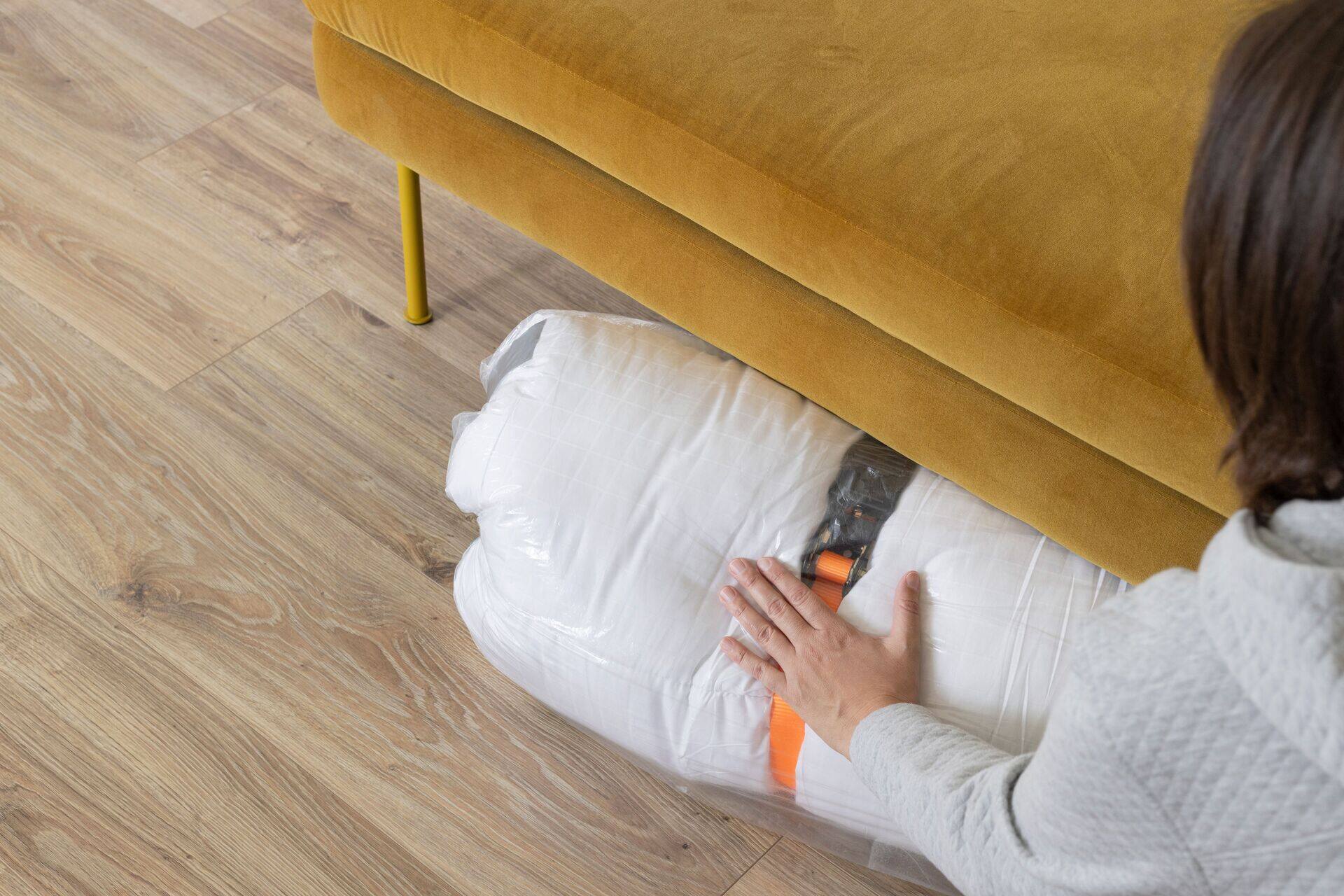
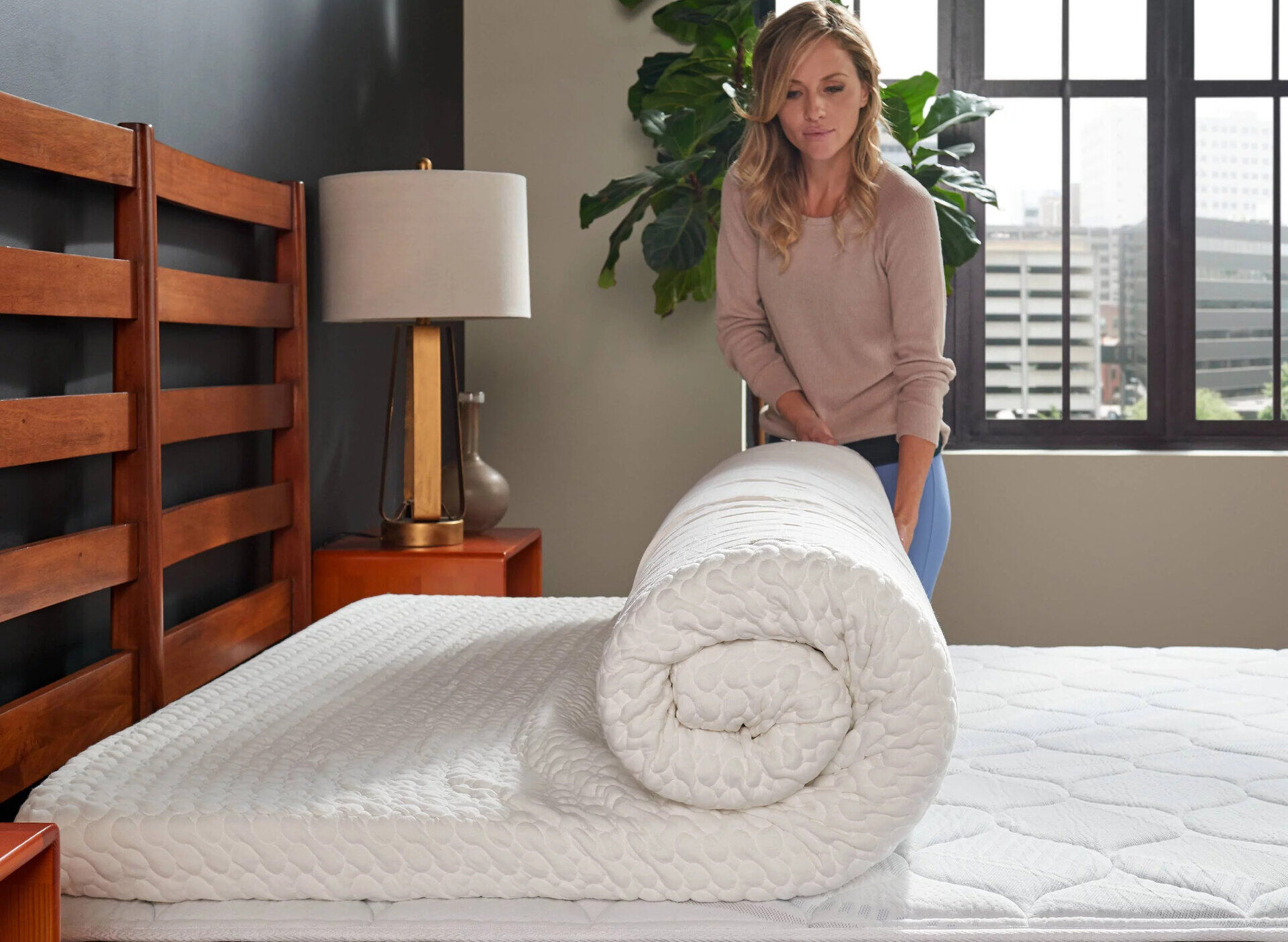
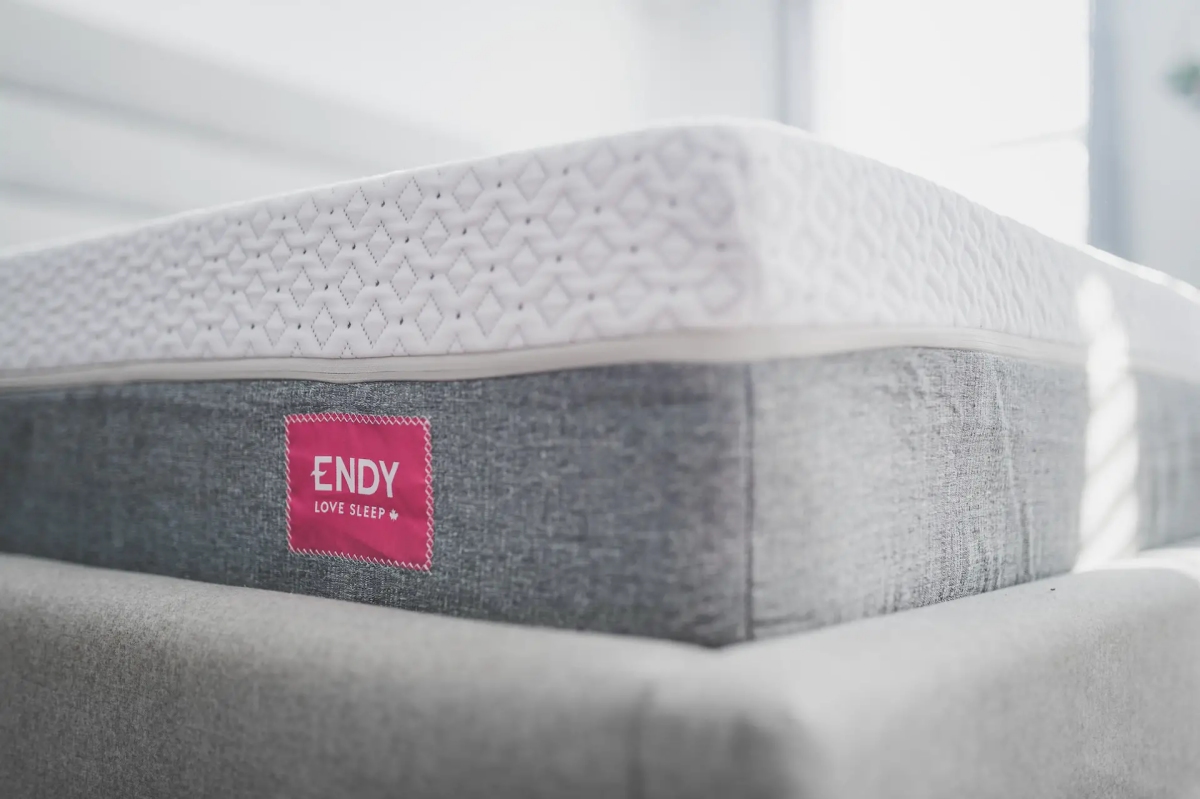
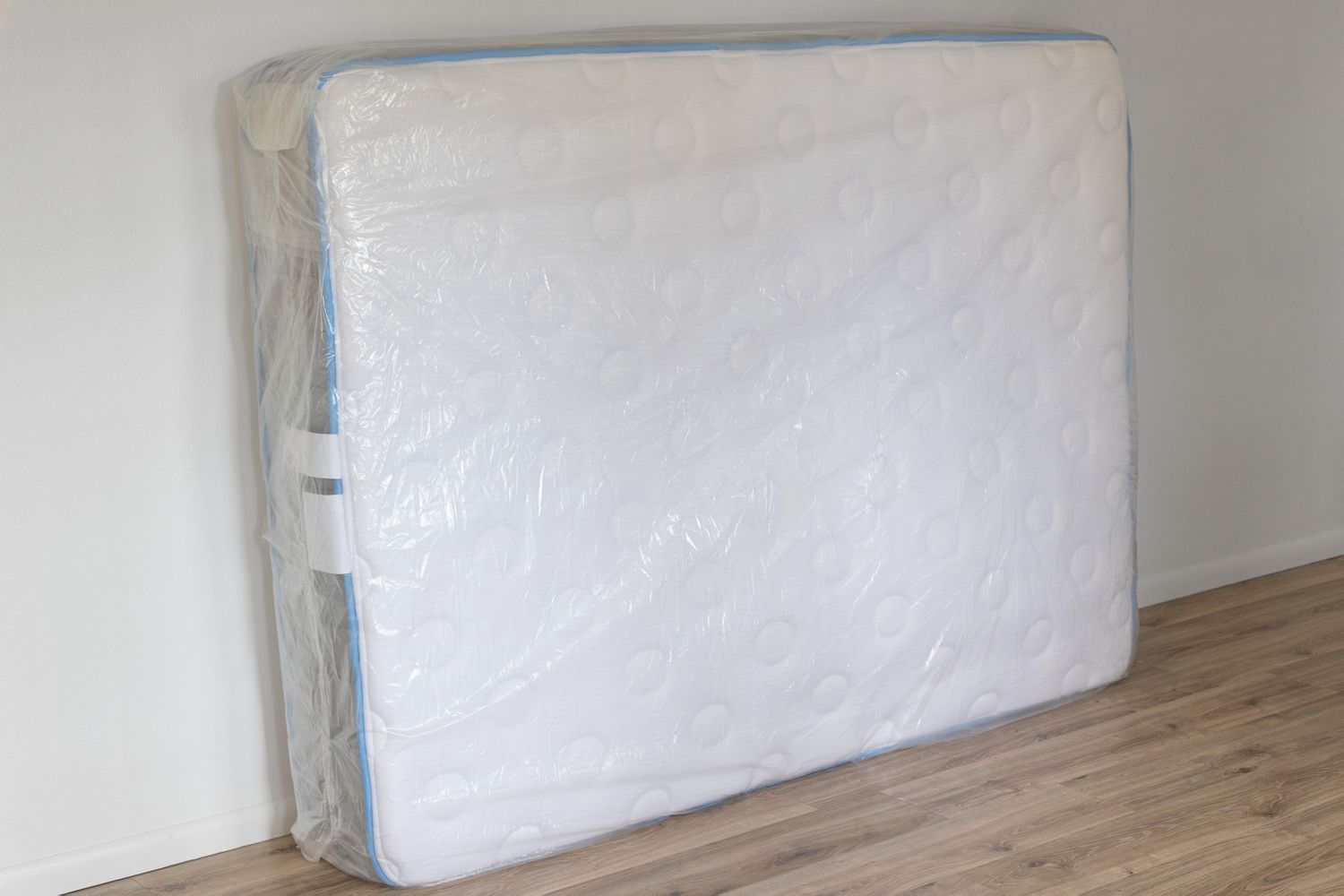
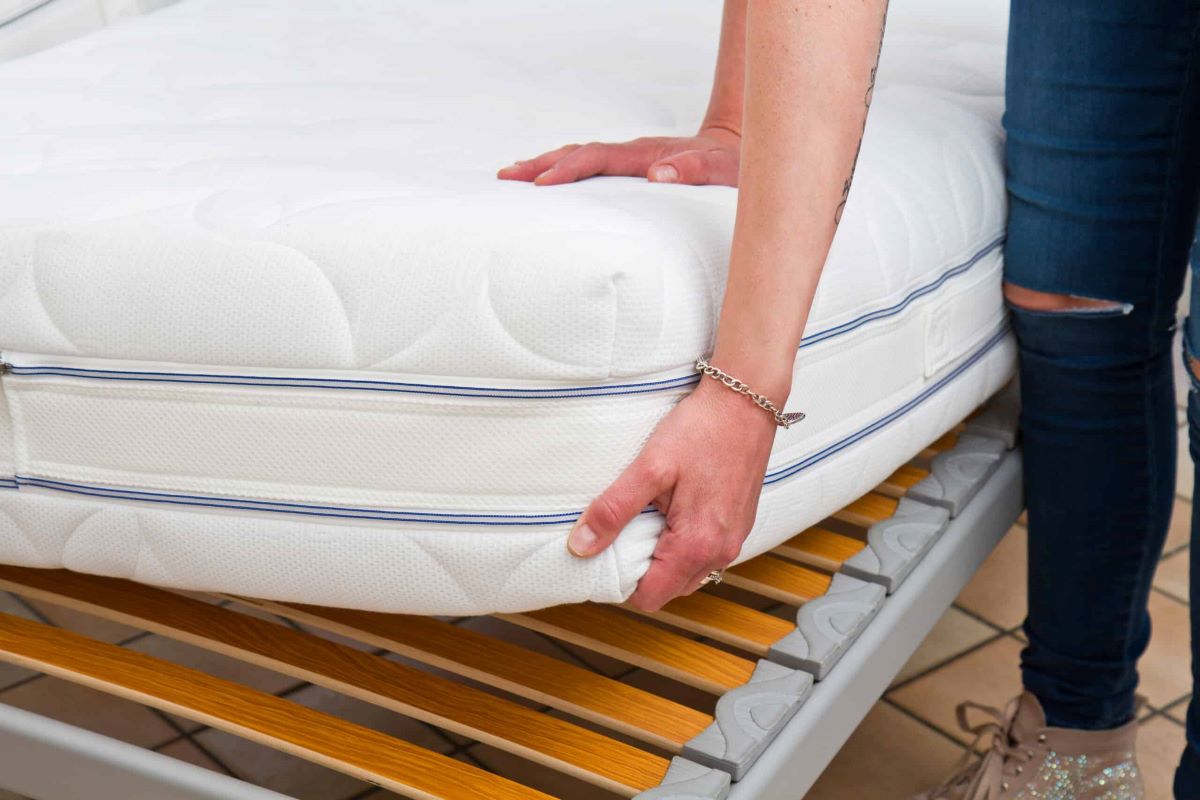
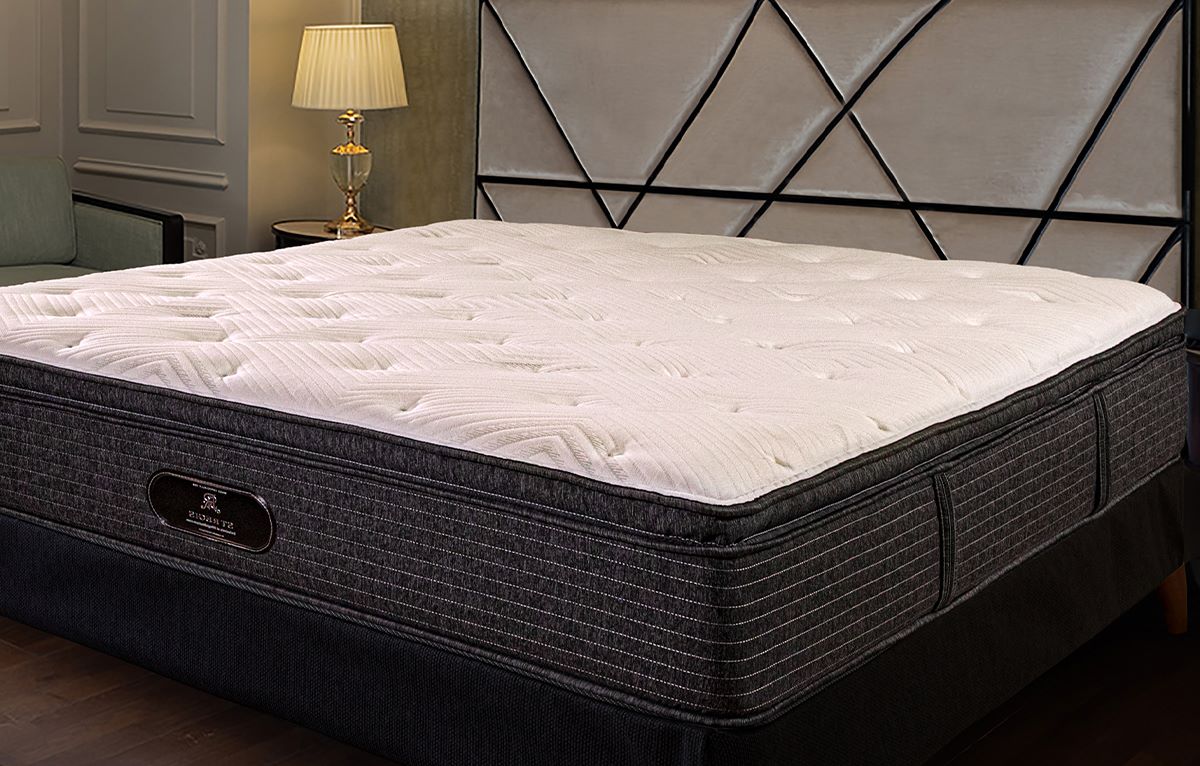
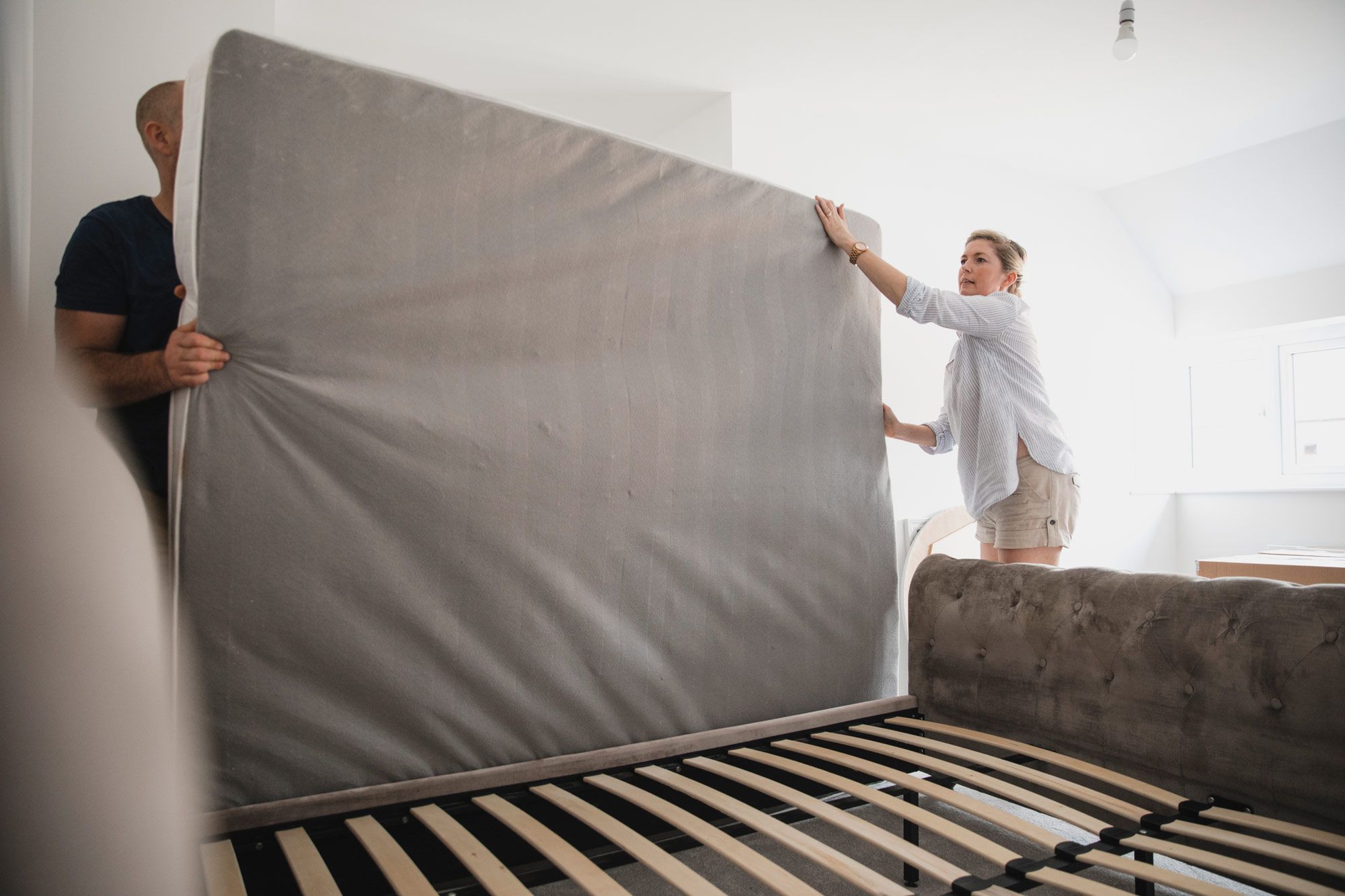
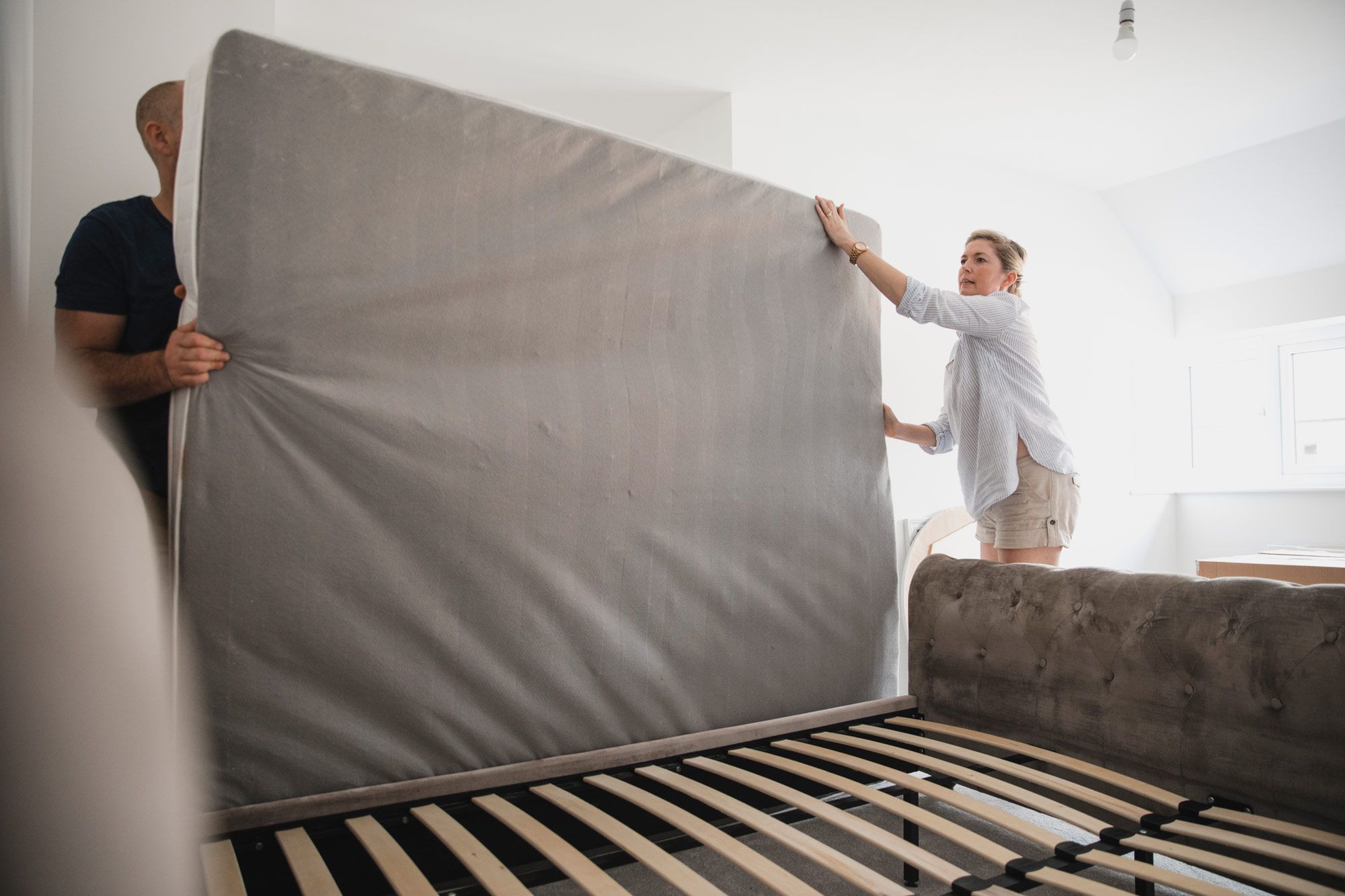
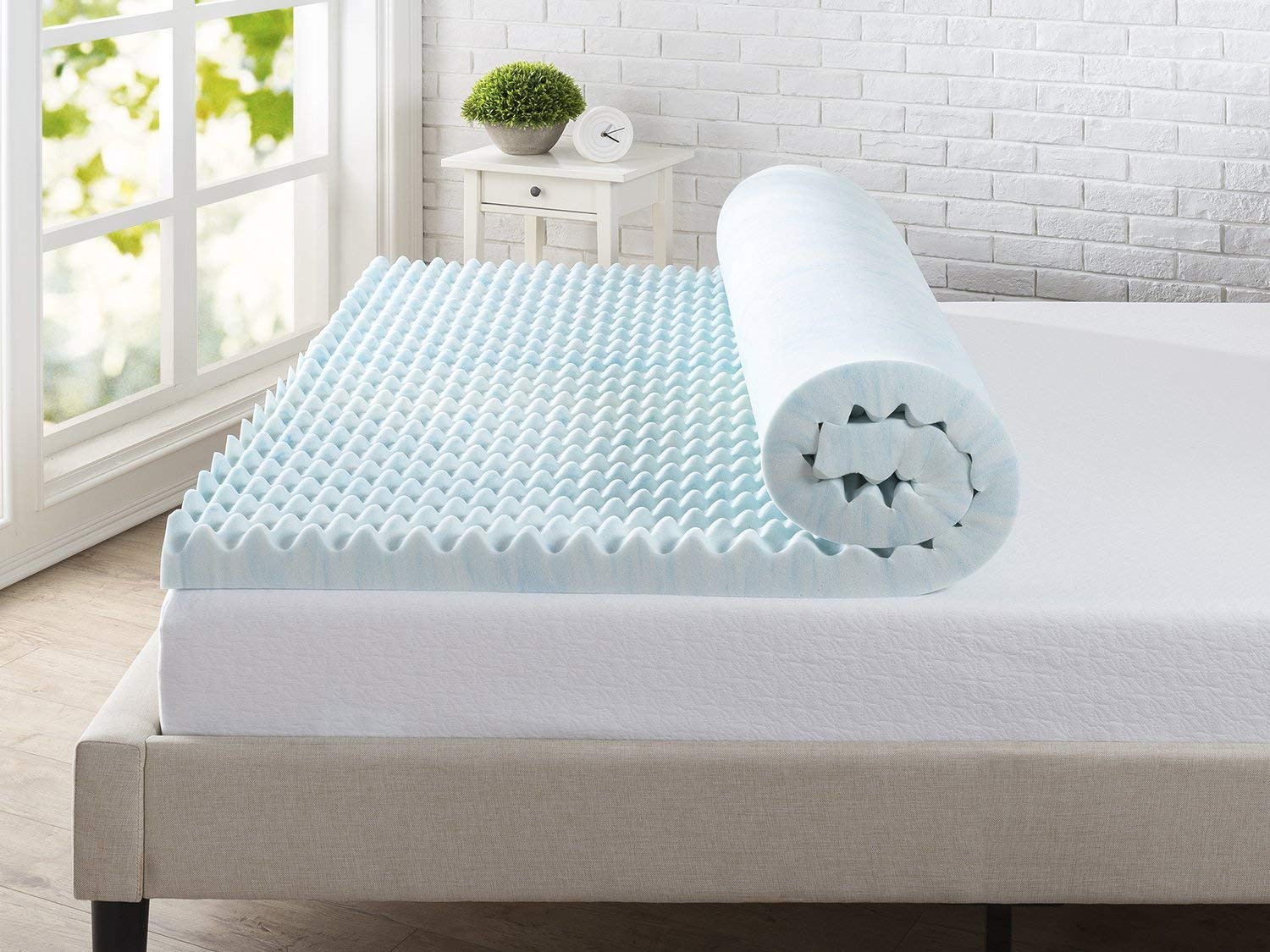
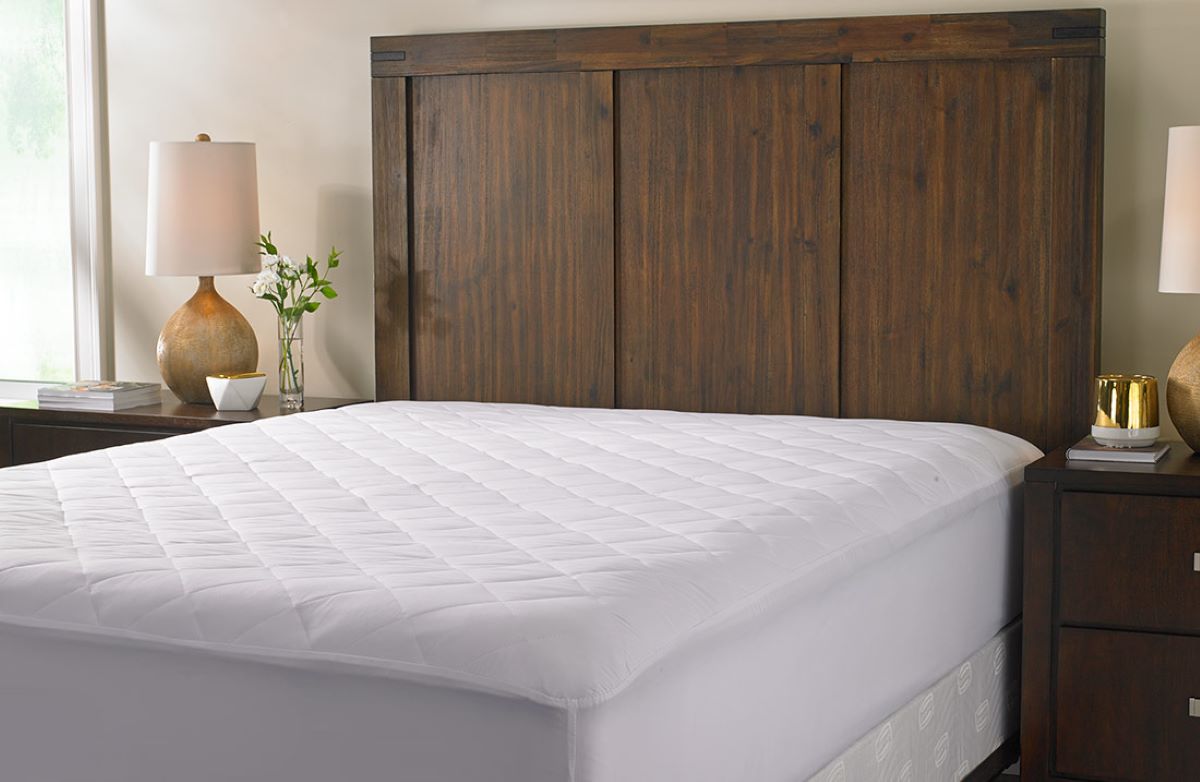

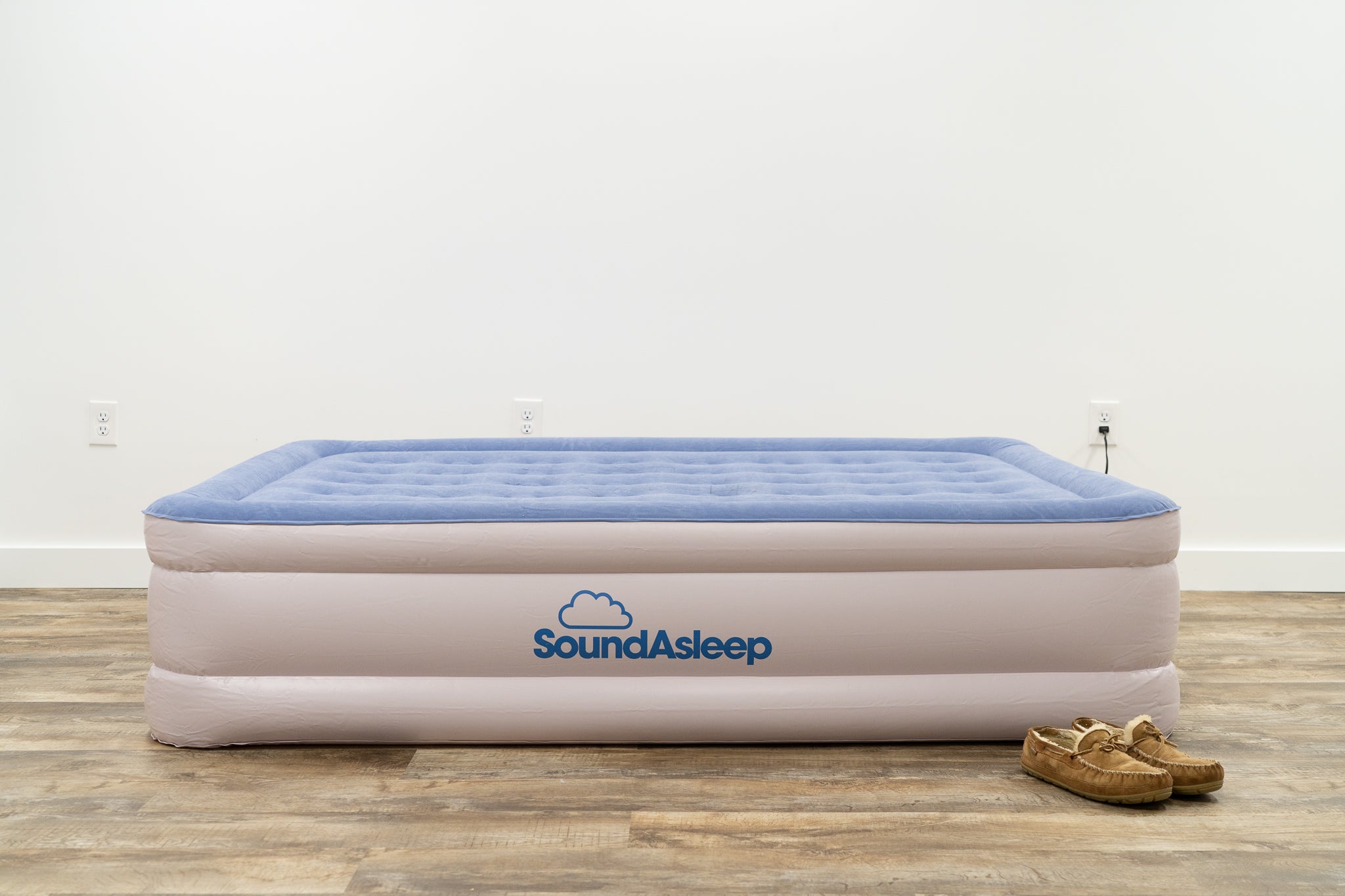

0 thoughts on “How To Store Mattresses”